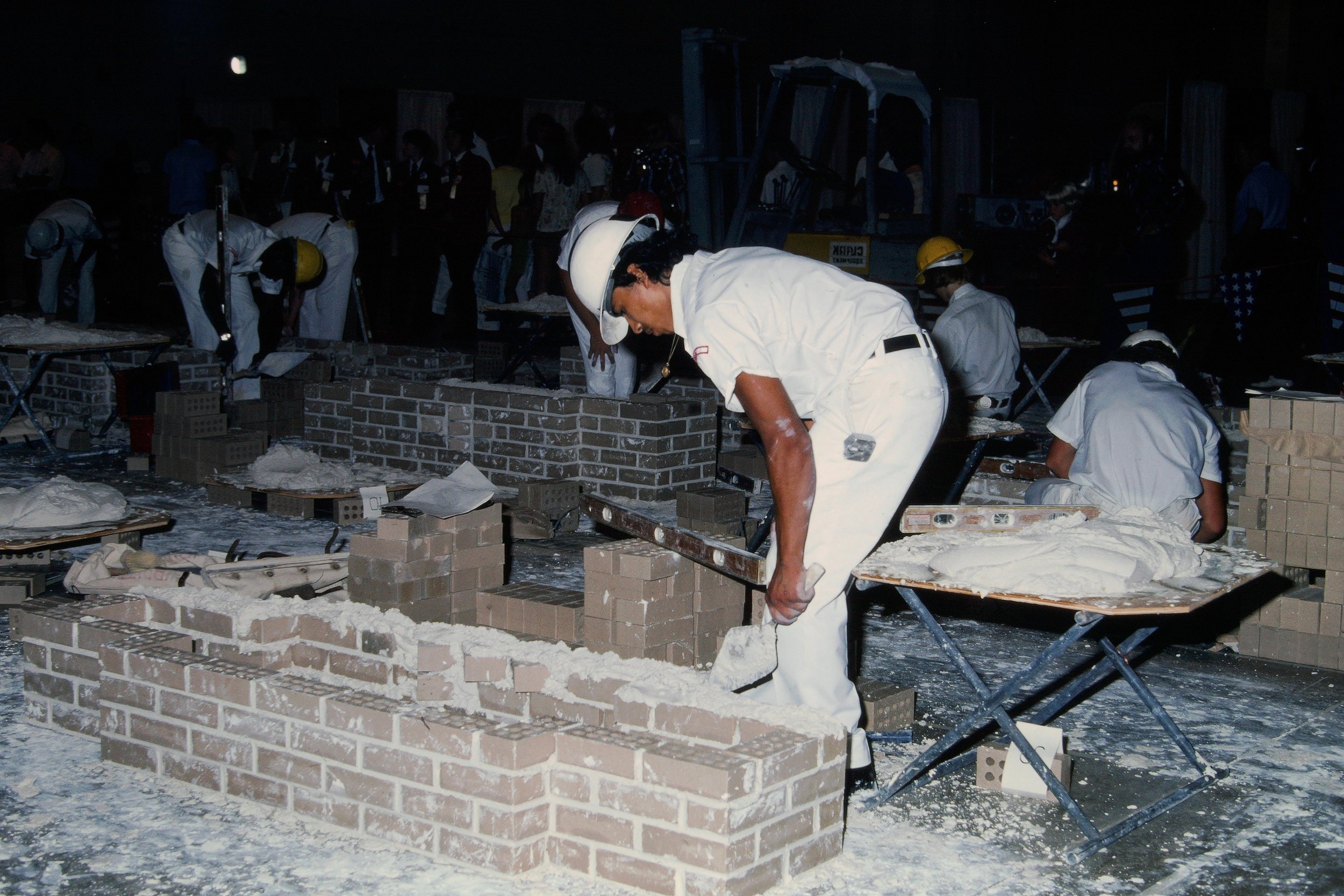The Story of Career and Technical Education
Building America’s Workforce: The Evolution of Career and Technical Education (CTE)
For centuries, skilled labor has been the backbone of innovation, industry and economic growth. From the early trade guilds of the 18th century to today’s cutting-edge career and technical education (CTE) programs, hands-on learning has played a critical role in preparing individuals for successful, sustainable careers.
But CTE is more than just skills training — it’s a pathway to opportunity, economic mobility, and industry leadership. This is the story of how career and technical education has evolved to meet the needs of students, industries, and the ever-changing workforce.











Laying the Groundwork: The Origins of Career Training
1800s – Apprenticeships and Trade Schools
Before the rise of formal vocational education, apprenticeships were the primary method for training workers in skilled trades like blacksmithing, carpentry and printing. Trade schools began to emerge in the late 19th century, offering structured education in industrial and mechanical skills.
1917 – The Smith-Hughes Act: The First Federal Support for Vocational Education
The Birth of Federal Career Training
In 1917, the Smith-Hughes Act became the first major federal law supporting vocational education in the United States. This landmark legislation provided funding for agriculture, trade, and industrial education, ensuring that students had access to job-ready skills.
1930s – Vocational Training in a Changing Economy
As America faced the Great Depression, job training programs expanded to help unemployed workers gain new skills. Vocational education was seen as a path to economic recovery, preparing workers for emerging industries.
The Rise of Career and Technical Student Organizations (CTSOs)
As career and technical education grew, students needed more than just technical training — they needed leadership development, teamwork and real-world experience. This led to the creation of Career and Technical Student Organizations (CTSOs), including:
1928 – Future Farmers of America (FFA)
Focused on agricultural education, preparing students for careers in farming, agribusiness, and environmental sciences.
1942 – Future Business Leaders of America (FBLA)
Designed to develop leadership and business skills for students pursuing careers in finance, marketing and entrepreneurship.
1945 – Future Homemakers of America (FHA) (Now Family, Career and Community Leaders of America - FCCLA)
Established to support home economics education, leadership skills and family-focused careers in fields such as culinary arts, hospitality and early childhood education.
1946 – DECA (Marketing and Business Education)
Created to enhance students’ entrepreneurial and business skills, preparing them for careers in marketing, management and hospitality.
1965 – Vocational Industrial Clubs of America (VICA) 🔧 (Now SkillsUSA)
Founded to develop technical, trade and leadership skills, supporting students entering careers in skilled trades, healthcare, manufacturing and more.
CTSOs became integral to the classroom experience, helping students apply their skills through competitions, leadership roles and hands-on projects. These organizations continue to play a crucial role in ensuring students graduate with both technical proficiency and essential career skills.
A New Era: Vocational Education Becomes Career and Technical Education (CTE)
1980s – Expanding Career Pathways
As technology advanced, vocational education evolved beyond traditional trades to include health sciences, information technology and engineering. Federal funding expanded CTE programs to support a wider range of industries.
1990 – The Carl D. Perkins Act: A New Vision for CTE
This video used with permission from Oklahoma Career Tech.
The Perkins Act redefined vocational education as career and technical education (CTE), emphasizing:
Academic integration with technical training
Work-based learning experiences
Industry-recognized credentials
2000s – The Digital Revolution & Industry Partnerships
With the rise of automation, AI, and advanced manufacturing, CTE programs adapted to include:
Cybersecurity and IT training
STEM-based career pathways
Green technology and sustainability programs
Industry partnerships became essential, with businesses collaborating with CTE programs to ensure students were job-ready for emerging fields.
Today and Beyond: The Future of Career and Technical Education
Career and technical education is more relevant than ever. With more than 650,000 open skilled jobs in the U.S., CTE continues to provide a direct path to high-demand careers.
CTE programs serve millions of students annually. Over 12 million students participate in CTE programs, gaining valuable real-world experience and certifications.
SkillsUSA and the Future of Workforce Development
As the premier CTSO for skilled trades and technical careers, SkillsUSA remains at the forefront of CTE, ensuring students have:
Industry-driven training
Leadership development
Career readiness for the modern workforce
Share Your Story + Content with SkillsUSA
Whether you're a student, educator, alumni or industry partner, we want to hear how SkillsUSA has impacted you. Your voice matters — and your story helps preserve our shared legacy. Submit a quote, photo or short video and inspire the next generation of skilled professionals.

